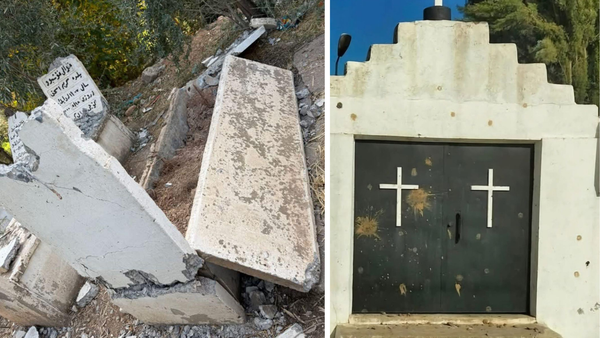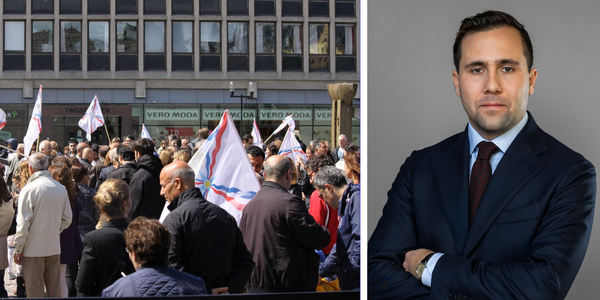Patriarch's visit puts focus on Assyrian Christian heritage in China
Assyrian–Chinese historical exchanges took center stage at a jubilee celebration held in Hong Kong marking the 400th anniversary of the rediscovery of the Xi’an Stele.
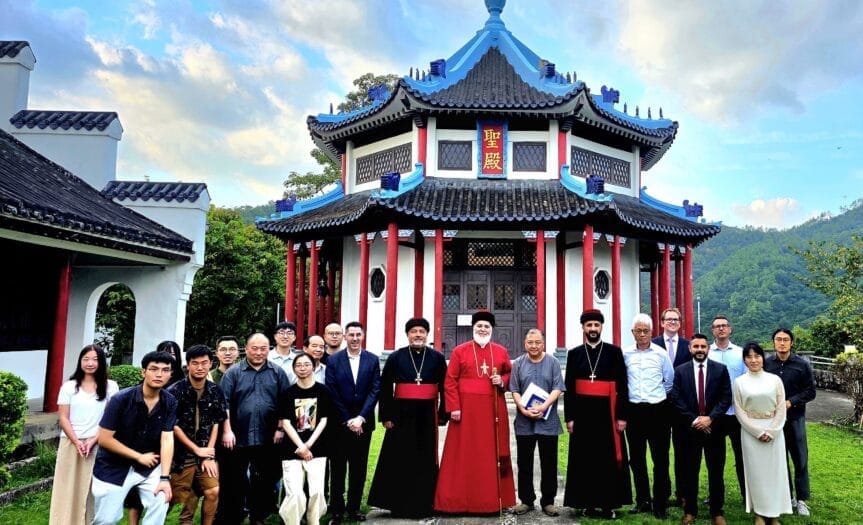
Mar Awa III, Patriarch of the Assyrian Church of the East, made a historic visit to Hong Kong, China on October 16–18 at the invitation of the Anglican Province of Hong Kong. The visit was made in connection with the 400th anniversary of the discovery of the Xi’an stele and the inauguration of the new Hong Kong Institute of Jingjiao Studies. This marked the third visit of Mar Awa to China - now as patriarch.
The Xi’an Stele is an eighth-century monument inscribed in Chinese and Assyrian that records the arrival of Assyrian monks of the Church of the East in Tang-dynasty China. The stele, carved in 781 CE, recounts how Assyrian-speaking monks of the Church of the East–known in Chinese as Jingjiao, “the Luminous Teaching”–journeyed from Assyria along the Silk Road to the Tang imperial court in 635. Their work represents one of the earliest documented encounters between Assyrian Christianity and Chinese civilization.
The events included lectures at the Chinese University of Hong Kong (CUHK), where Mar Awa III delivered a keynote address. Organizers also announced the inauguration of a Hong Kong Institute of Jingjiao Studies.
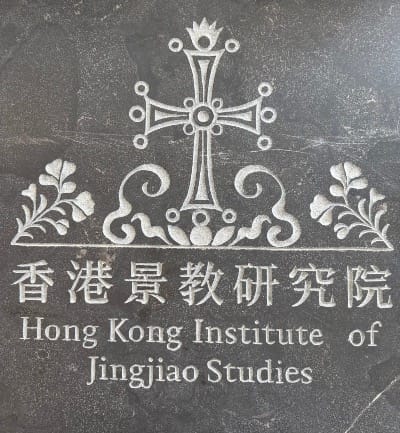
The launch of the Hong Kong institute coincides with renewed academic interest in this part of Chinese history, illustrated by Glen L. Thompson’s recent book Jingjiao: The Earliest Christian Church in China (Eerdmans, 2024). Thompson, professor emeritus at Asia Lutheran Seminary in Hong Kong, traces how Assyrian missionaries of the Church of the East brought Christianity to China centuries before Western colonial contact, how it was accepted and later suppressed under the subsequent dynasties, and how modern discoveries of Jingjiao texts continue to reshape understandings of China’s religious past.
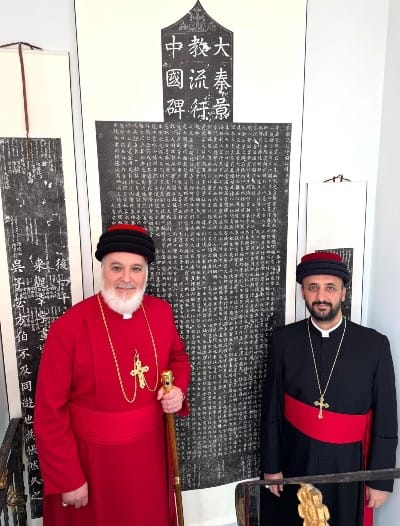
Centuries after the Xi’an Stele’s rediscovery, the “Luminous Faith” is again finding a voice in East Asia–not as a relic, but as a reminder that the story of Christianity in China began not in the West, but with the Assyrians who carried their words, their language, and their light across the Silk Road.
Photos: courtesy of the Assyrian Church of the East


